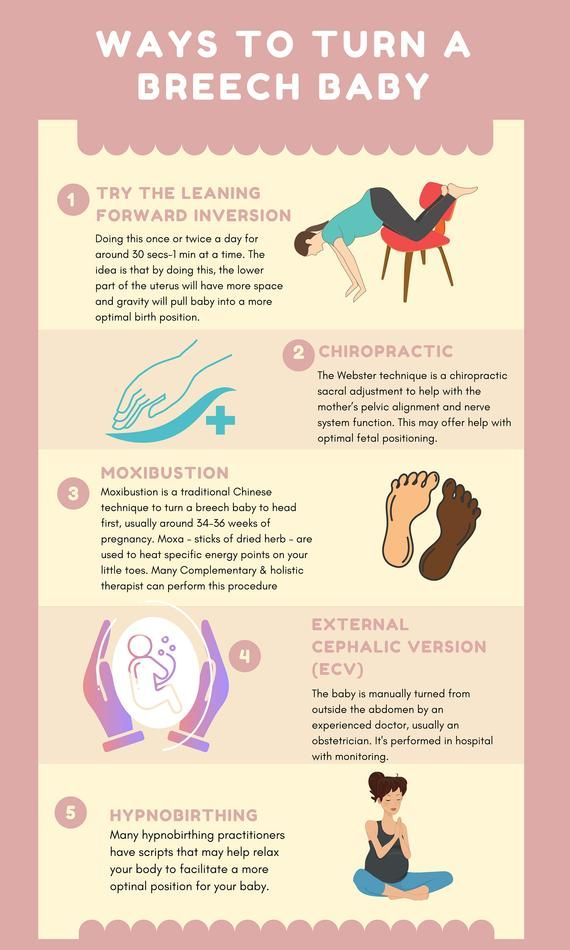How To Turn A Breech Baby: A Comprehensive Guide
Are you expecting a baby and concerned about your little one being in the breech position? Don’t worry, you’re not alone. Many pregnant women face the challenge of having a breech baby, but there are ways to help turn your baby into the optimal position for birth. In this article, we will discuss everything you need to know about how to turn a breech baby safely and effectively.
Knowledge
Before we delve into the techniques to turn a breech baby, it’s essential to understand what a breech position means. A breech baby is when the baby’s bottom or feet are positioned to come out first during birth, rather than the head. This position can make vaginal delivery more complicated and increase the risk of complications for both the baby and the mother.
There are three main types of breech positions:
While the exact cause of a breech baby is often unknown, some factors may contribute to this position, such as multiple pregnancies, too little or too much amniotic fluid, abnormalities in the uterus, or genetic predisposition.
There are several methods that can help encourage your baby to turn into the head-down position:
ECV is a procedure where a healthcare provider uses their hands on the outside of the mother’s abdomen to gently push the baby into the head-down position. This procedure is usually done after 37 weeks of pregnancy and can be successful in many cases.
Acupuncture and moxibustion are alternative therapies that involve stimulating specific points on the body to encourage the baby to turn. These techniques have been found to be effective in some cases, but it’s essential to consult with a qualified practitioner.
Practicing pelvic tilt exercises can help create more space in the pelvis and encourage the baby to turn naturally. You can do pelvic tilts by getting on your hands and knees and gently rocking your pelvis back and forth.
The Rebozo technique involves using a long scarf or cloth to gently rock the baby into the head-down position. This method is safe and non-invasive, but it’s essential to learn the proper technique from a trained practitioner.
Conclusion
Turning a breech baby can be a challenging but achievable task with the right knowledge and techniques. By understanding the different breech positions, causes, and methods to encourage the baby to turn, you can increase the chances of a successful vaginal birth.
Remember to consult with your healthcare provider before trying any methods to turn a breech baby and discuss the best approach for your specific situation.
In conclusion, this article has covered the essential information you need to know about how to turn a breech baby. The target audience for this article includes pregnant women who are concerned about their baby’s position and looking for safe and effective ways to encourage the baby to turn.
As the due date approaches, it’s crucial to stay informed and take proactive steps to ensure a smooth and safe delivery for both you and your baby. Turning a breech baby is possible with patience, knowledge, and the right techniques.






